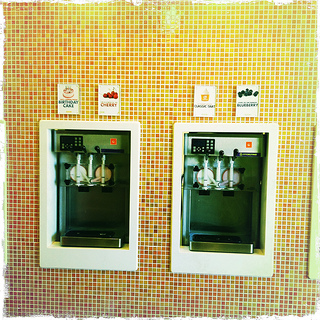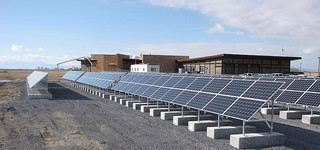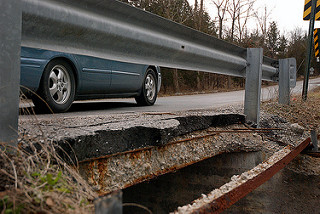How Orange Leaf Bypassed Expensive POS with Mobile App

Oops!
You don't have permission to view this page! Make sure you're logged in and try again, or contact support.

Key trends in Procurement & Supply Chain Management. Get on the notification list.


You don't have permission to view this page! Make sure you're logged in and try again, or contact support.

Image via Flickr by ** RCB ** Recalls are common, however, cases where products caused loss of life are rare and should be treated carefully. There’s no greater PR nightmare than a product that causes death – and decapitation, no less.Oops! You don’t have permission to view this page! Make sure you’re logged in and…

Image via Flickr by USFWS Mountain Prarie In most cases, green initiatives cost more to implement than traditional methods of manufacturing. It’s one thing to make green decisions when you’re building from scratch, but most established businesses are holding off on new construction and expansion until it’s clear how the economic recovery is going to…

Image via Flickr by informatique Argos is the biggest non-food retailer in the United Kingdom. Their annual sales are $6.7 billion. They sell home improvement products, lawn and garden items, and other home and electrical appliances from their catalog, website and 700 stores around the United Kingdom and Ireland. During their rapid growth, Argos needed…

Image via Flickr by Stephane <3 The highly anticipated relationship between GT Advanced Technologies Inc. — a sapphire glass manufacturer and supplier — and Apple Inc. took a surprising turn this week.Oops! You don’t have permission to view this page! Make sure you’re logged in and try again, or contact support.

Image via Flickr komunews Infrastructure across the United States is crumbling. Roads, highways, and bridges need serious attention. However, legislators don’t always agree on how to fix the widespread problems or how to pay for them. As a result, poor infrastructure is taking a toll on supply chains in the United States, with no long-term…

Image via Flickr by Roberto Verzo For years, companies in the U.S. and Europe have turned to cheap labor forces in Asia to manufacture products. At the time, this was beneficial to the companies, which saved money and could offer cheaper products, and to the workers, who had access to jobs and job training that…